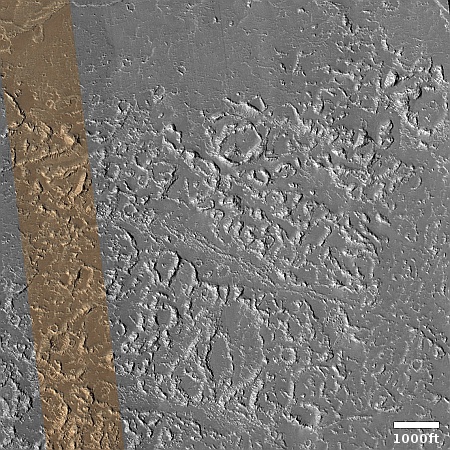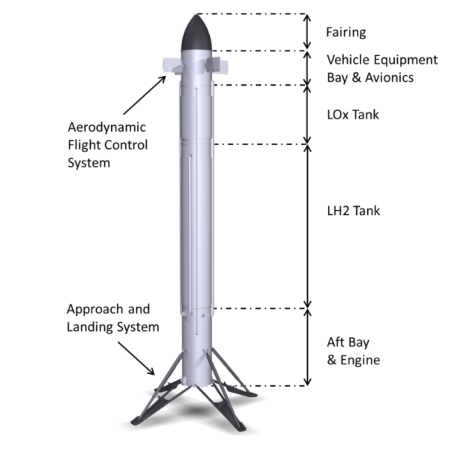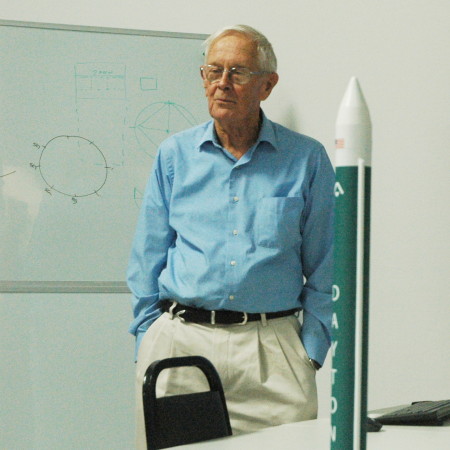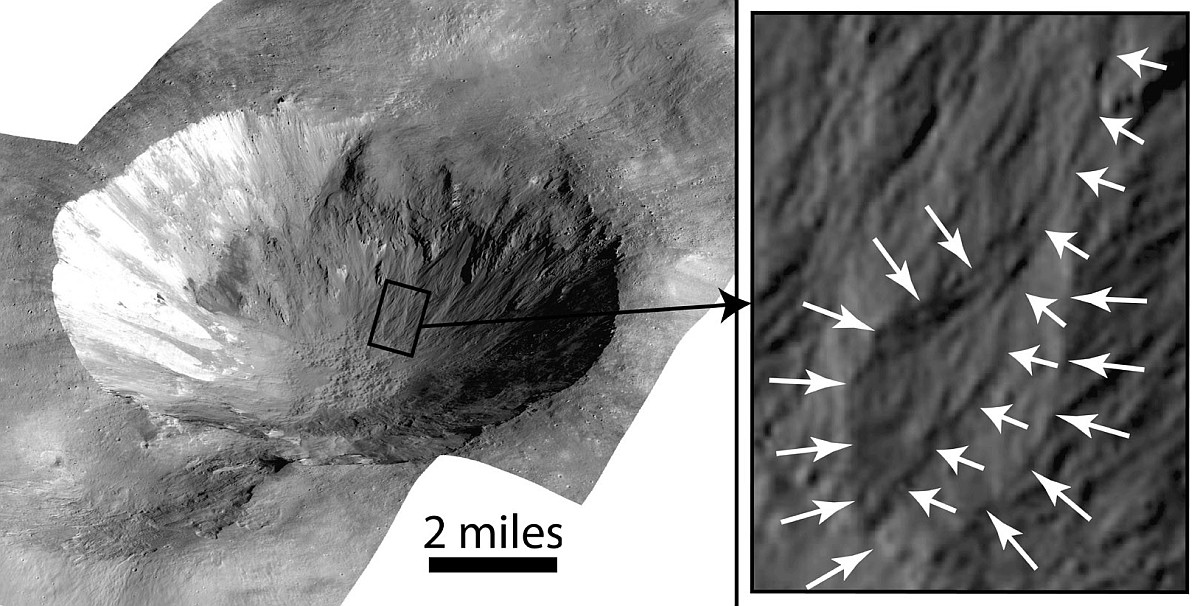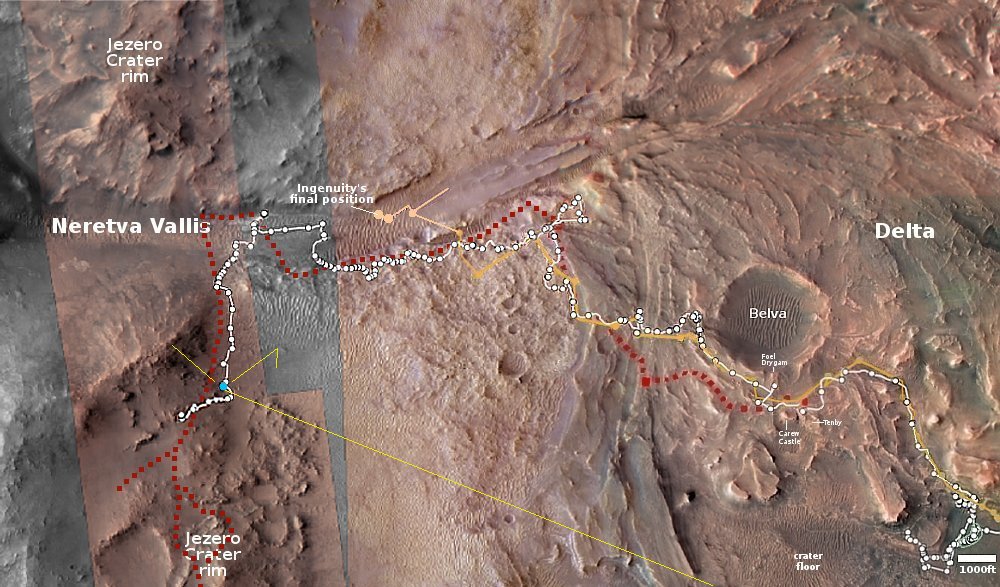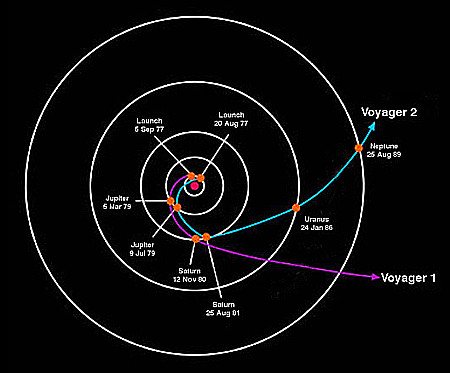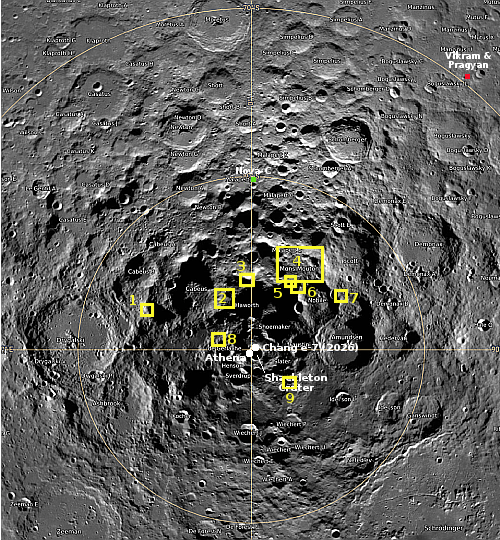Nearly four dozen anti-SpaceX activists organize to flood public meeting
At a public meeting of the Texas Commission on Environmental Quality (TCEQ) on October 17, 2024 nearly four dozen anti-SpaceX activists apparently arrived en masse in order to overwhelm the public comment period with negative opinions about the company and its operation at Boca Chica.
The report at the link, from the San Antonio Express-News, is (as usual for a propaganda press outlet) decidedly in favor of these activists, and makes it sound as if these forty-plus individuals, apparently led by the activist group SaveRGV that has mounted most of the legal challenges to SpaceX, represent the opinions of the public at large.
What really happened here is that the Brownsville public has better things to do, like building businesses and making money, much of which now only exists because of SpaceX and that operation at Boca Chica. Thus, the only ones with time or desire to organize to show up at these kinds of meetings are these kinds of activists.
It might pay however for some of the more business-oriented organizations in Brownsville to make sure they are in the game at the next public meeting, scheduled for November 14, 2024 [pdf]. This would not be hard to do, and it would certainly help balance the scales, which at present are decidedly been warped by this small minority of protesters.
At a public meeting of the Texas Commission on Environmental Quality (TCEQ) on October 17, 2024 nearly four dozen anti-SpaceX activists apparently arrived en masse in order to overwhelm the public comment period with negative opinions about the company and its operation at Boca Chica.
The report at the link, from the San Antonio Express-News, is (as usual for a propaganda press outlet) decidedly in favor of these activists, and makes it sound as if these forty-plus individuals, apparently led by the activist group SaveRGV that has mounted most of the legal challenges to SpaceX, represent the opinions of the public at large.
What really happened here is that the Brownsville public has better things to do, like building businesses and making money, much of which now only exists because of SpaceX and that operation at Boca Chica. Thus, the only ones with time or desire to organize to show up at these kinds of meetings are these kinds of activists.
It might pay however for some of the more business-oriented organizations in Brownsville to make sure they are in the game at the next public meeting, scheduled for November 14, 2024 [pdf]. This would not be hard to do, and it would certainly help balance the scales, which at present are decidedly been warped by this small minority of protesters.

